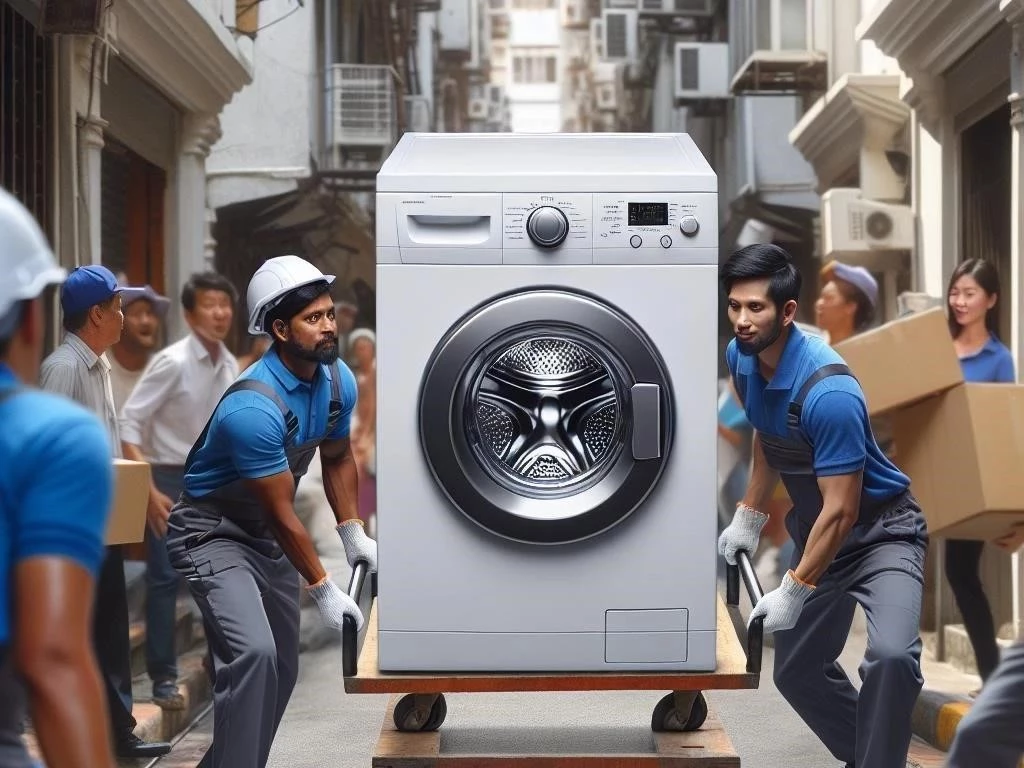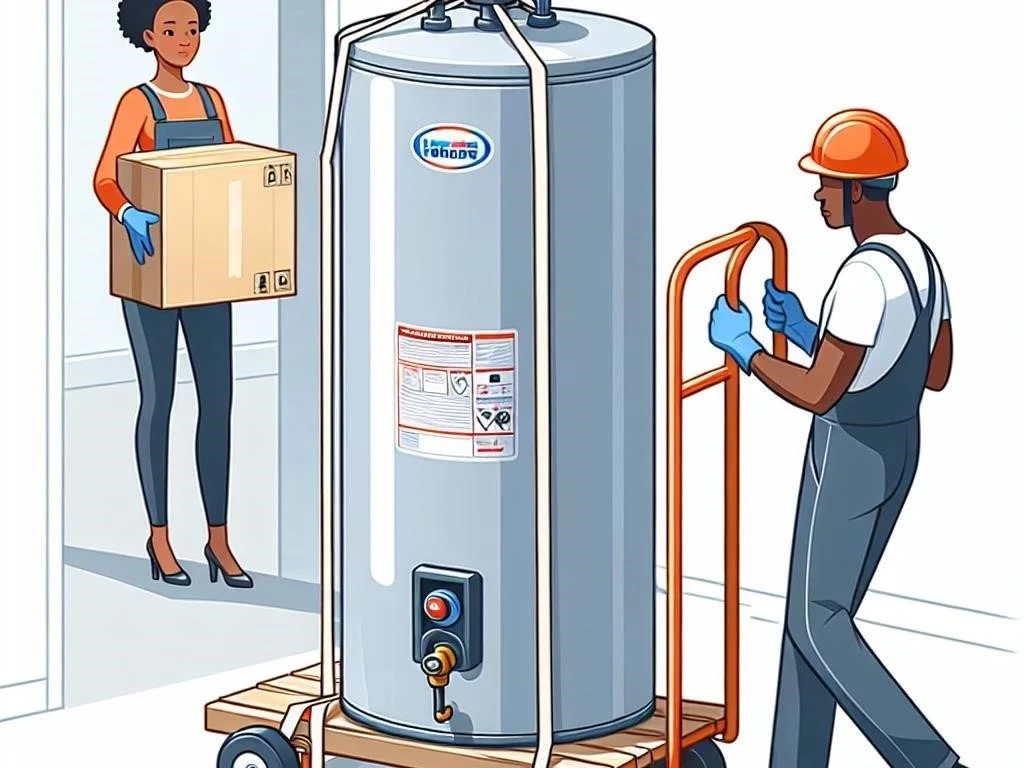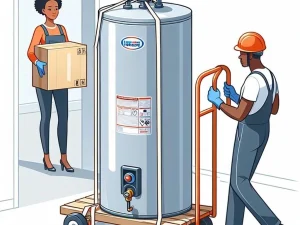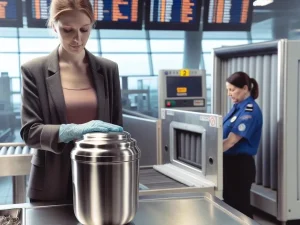Can You Transport a Washer on Its Side?
Transporting a washing machine on its side is generally not recommended. This position can cause internal components to shift‚ leading to potential damage. Always prioritize proper orientation for safe appliance relocation and washer safety.
Understanding Washer Orientation
When moving washers‚ understanding the correct washer orientation is crucial for safe transport. Washing machines are designed to operate in an upright position‚ ensuring proper functioning of internal components. This orientation helps maintain the integrity of the drum and prevents fluid from leaking into critical areas. Moving washers in a horizontal position can lead to potential washer damage‚ as the delicate parts may not be adequately supported. Additionally‚ during secure transport‚ it’s important to ensure that the washing machine remains stable to avoid shifting‚ which could further complicate installation later.
It’s wise to familiarize yourself with the manufacturer’s guidelines regarding washer orientation. Many recommend keeping the machine upright during transport‚ emphasizing the importance of maintaining washer safety. When loading the washer onto a moving truck‚ use appropriate moving equipment to secure it properly. Take care to follow established moving guidelines to minimize risks when relocating home appliances. Understanding washer orientation is key to effective appliance care‚ ensuring that your washer is ready for installation and continues to function optimally after relocation.
Risks of Side Transport
Transporting a washer on its side poses significant risks that can lead to various issues. One of the primary concerns is the potential for internal components to shift‚ which may result in misalignment or breakage. This misalignment can cause severe washer damage‚ impacting both performance and longevity. Additionally‚ the drum’s suspension system is designed to work in an upright position‚ and any deviation can lead to malfunctions.
Another risk associated with side transport is fluid leakage. Moving the washer horizontally can cause water left in hoses or the drum to spill‚ leading to issues such as corrosion or electrical hazards. Furthermore‚ the movement of the washer during transport increases the chance of damaging fragile parts‚ like the control panel or hoses.
Moreover‚ improper handling during side transport can result in physical injuries to movers due to awkward lifting angles. It’s essential to adhere to established moving guidelines to mitigate these risks‚ ensuring secure transport and minimizing potential appliance care concerns.
Proper Techniques for Moving Washer
When moving a washer‚ employing proper techniques is essential for ensuring safe transport and maintaining washer safety. First‚ begin by preparing the washing machine for relocation. Disconnect all hoses and secure them to avoid tangling. Use a dolly or moving equipment designed for heavy appliances to facilitate easy transport. Always keep the washer in an upright position to prevent internal damage and fluid leakage.
Next‚ carefully load the washer onto the moving truck‚ ensuring it is securely positioned. Utilize straps or tie-downs to keep the appliance stable during transit. Avoid placing heavy items on top of the washer‚ as this can cause misalignment or damage. Instead‚ consider using padding or blankets around the washer to provide extra cushioning and protection from impacts.
Throughout the process‚ always follow established moving guidelines to ensure the safety of both the appliance and the movers. Finally‚ enlist the help of friends or professional movers if needed‚ as proper handling can significantly reduce the risk of injury and washer damage during the move.
Guidelines for Secure Transport
To ensure secure transport of a washing machine‚ it is crucial to follow specific guidelines that prioritize appliance care; First‚ always keep the washer in an upright position during the entire moving process. This orientation prevents internal components from shifting and minimizes the risk of washer damage. Before loading‚ disconnect all hoses and wrap them securely to avoid tangling or damage.
When using a moving truck‚ make sure the washer is positioned firmly against the wall of the truck bed. Utilize moving equipment such as dollies or straps to secure the washer in place‚ preventing any movement during transit. Incorporate padding‚ such as blankets or bubble wrap‚ around the washer to protect it from impacts or vibrations.
Ensure the truck is equipped with proper tie-downs to lock the washer in position. Always follow established moving guidelines‚ as they provide essential tips for safe transport. Finally‚ during loading and unloading‚ enlist the help of friends or professionals to maintain balance and prevent accidents‚ ensuring a smooth relocation experience.
Preparing Your Washer for Appliance Relocation
Preparing your washer for appliance relocation is essential to ensure a smooth and safe move. Start by unplugging the washing machine from the electrical outlet‚ ensuring that you follow proper electrical safety guidelines. Next‚ disconnect the water supply hoses and drain any remaining water from the machine to prevent leaks during transport. It’s important to use towels to soak up any spills from the hoses.
After draining‚ securely tape the hoses to the back of the washer to keep them organized and prevent damage. If your washer has a transit bolt‚ make sure to install it‚ as it helps keep the drum secure during transport. This step is crucial for avoiding washer damage during relocation. Additionally‚ clean the exterior and interior of the washer to prepare it for the move.
Finally‚ wrap the washer in moving blankets or bubble wrap to protect it from scratches and impacts while in transit. Following these steps will ensure that your washing machine is ready for safe relocation and will function optimally once it reaches its new destination.
Washer Installation After Moving
Proper washer installation after moving is crucial for ensuring optimal performance and longevity. Once the washing machine has been relocated to its new space‚ begin by carefully removing any protective packaging or transit bolts that were used during transport. This will allow the drum to function correctly during operation.
Next‚ position the washer on a level surface‚ ensuring that it is stable and secure. Adjust the feet of the washer as needed to achieve a balanced orientation‚ which is essential for minimizing vibrations during use. Once positioned‚ reconnect the water supply hoses and ensure they are tightened to prevent leaks. Don’t forget to attach the drain hose correctly to avoid water overflow;
After all connections are made‚ plug the washer back into the electrical outlet‚ taking care to follow any manufacturer-specific guidelines regarding power requirements. Finally‚ run a short test cycle without laundry to check for leaks and ensure everything operates smoothly. Proper installation is vital for maintaining washer safety and preventing future issues‚ ensuring your appliance functions effectively.
Washer Maintenance During Transport
Maintaining your washer during transport is vital to prevent damage and ensure its longevity. First and foremost‚ it’s crucial to keep the washing machine in an upright position. This prevents internal components from shifting and minimizes the risk of washer damage. Before loading‚ ensure the drum is empty and secure any loose parts‚ such as hoses and the power cord‚ to avoid tangling or damage during transit.
Use moving blankets or bubble wrap to wrap the washer‚ providing cushioning against impacts. This protective layer is essential for safeguarding the exterior and internal components. Additionally‚ if possible‚ remove the transit bolts before moving to prevent movement of the drum‚ but make sure to reinstall them for the actual relocation if necessary.
Inspect the washer regularly during transport‚ ensuring it remains stable and secure. If using a moving truck‚ check that the straps or tie-downs are holding the appliance firmly in place. Following these maintenance tips will help ensure that your washer arrives at its destination safely and ready for installation and use.
Final Thoughts on Washer Safety
Ensuring washer safety during transport is paramount for preserving the integrity of your appliance. Transporting a washer on its side is generally inadvisable‚ as it can lead to significant internal damage and malfunctions. To mitigate risks‚ always keep the washer upright‚ following the manufacturer’s guidelines for handling and transportation. This orientation protects internal components‚ preventing misalignment and leakage.
Additionally‚ proper preparation before the move is essential. Disconnect all hoses‚ drain any remaining water‚ and secure loose parts to avoid damage. When loading the washer onto a moving truck‚ use appropriate moving equipment and secure the machine with straps or tie-downs to prevent shifting during transit.
Remember that safety extends beyond the appliance itself; ensure that all movers are aware of proper lifting techniques to avoid injuries. If you’re uncertain about any aspect of moving your washer‚ consider hiring professionals who specialize in appliance relocation. By prioritizing washer safety throughout the moving process‚ you can ensure a seamless transition and maintain the functionality of your essential home appliance.














Post Comment